aquired taste for wine?
uncleskeeter
16 years ago
Related Stories
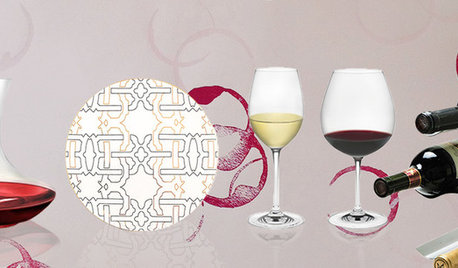
SHOP HOUZZShop Houzz: Wine-Tasting Essentials
Host a wine party with the right glasses, serving pieces and decor
Full Story0
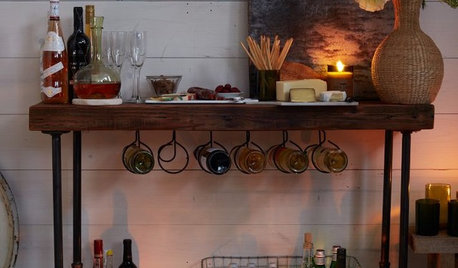
PRODUCT PICKSGuest Picks: Freestanding Wine Storage for All Tastes
We're juiced for these racks and cabinets from inexpensive to investment, in styles for a farmhouse to an industrial loft
Full Story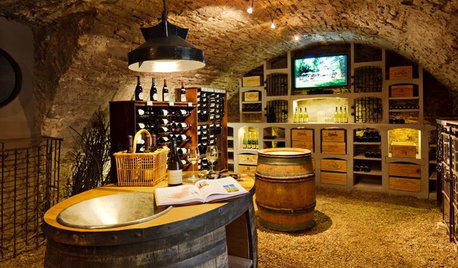
SHOP HOUZZShop Houzz: Create a Rustic Tasting Room at Home
Create a tasting room experience with these rustic wine accessories and storage pieces
Full Story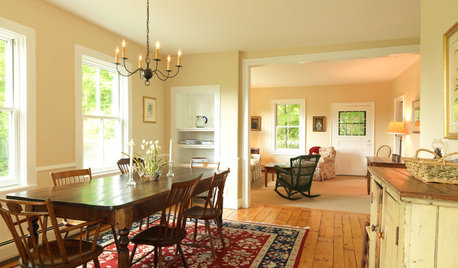
TRAVEL BY DESIGN9 Vacation Farmsteads Offer a Taste of Country Life
Have a hankering for fresh air and even fresher food? Try a farmhouse, cabin or well-equipped tent for your next vacation
Full Story
LIFEWhen Your Tastes Clash: How to Design and Decorate as a Couple
Want to keep the peace? Work with both of your styles when remodeling, decorating or building new, for a home that feels right to all
Full Story
TASTEMAKERSPro Chefs Dish on Kitchens: Michael Symon Shares His Tastes
What does an Iron Chef go for in kitchen layout, appliances and lighting? Find out here
Full Story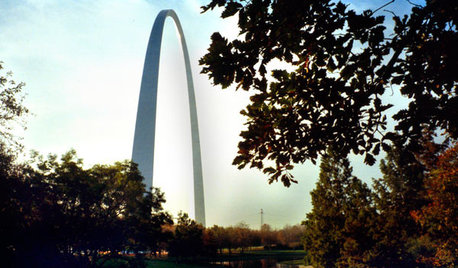
DECORATING GUIDESCity View: History Meets Modern Tastes in St. Louis
This Missouri city celebrates a heritage that goes way back, but its architecture and interiors are moving decidedly forward
Full Story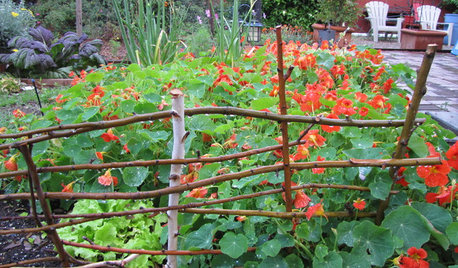
GARDENING AND LANDSCAPINGEdible Flowers Offer a Sweet Taste from the Garden
Flowers that beautify the landscape can also pretty up the plate or sweeten a spread
Full Story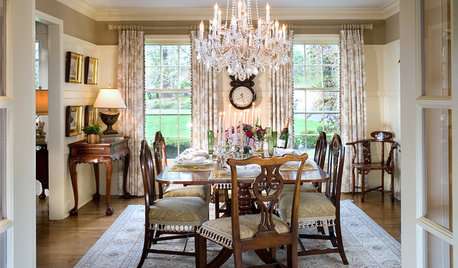
FLOORSTasteful Ideas for Traditional Dining Room Floors
Practical meets polished with these rug, tile and paint designs that have your traditional dining room floor covered
Full Story
HOUZZ TOURSMy Houzz: Goodwill and Good Taste in a Grand Colonial
Welcoming the community for charity fundraisers and more, this Massachusetts home radiates graciousness
Full StorySponsored



francis_eric
bud_wi
Related Discussions
Is 3 to 1 an aquired taste?
Q
Suggestions for a Wine Tasting Evening
Q
Christmas Wine Tasting
Q
alternative to wine for wine and cheese party.
Q
rosesinny
francis_eric
uncleskeeterOriginal Author
cindyb_va
bud_wi
uncleskeeterOriginal Author
uncleskeeterOriginal Author
rosesinny
lindac
rosesinny
uncleskeeterOriginal Author